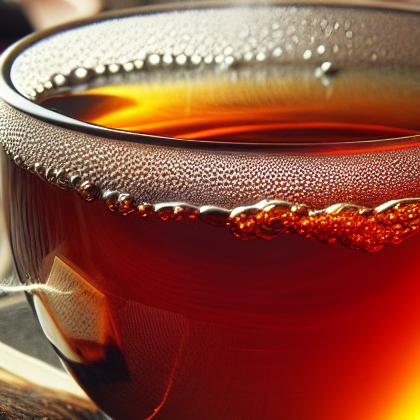Showing results for 'Black tea'
close
Black Tea

Black tea is a type of tea that is more oxidized than oolong, green and white teas. Black tea is generally stronger in flavor than the less oxidized teas. All four types are made from leaves of the shrub (or small tree) Camellia sinensis. Two principal varieties of the species are used – the small-leaved Chinese variety plant (C. sinensis subsp. sinensis), used for most other types of teas, and the large-leaved Assamese plant (C. sinensis subsp. assamica), which was traditionally mainly used for black tea, although in recent years some green and white have been produced.
Black tea Pairs With:
Food Item
Flavor Affinity Level

Did you know there are 32 food flavor pairings in my database for Black Tea available. What you are seeing above is a random list of 30 items which pair with Black Tea.
For the entire list, beautifully formatted, enter your email address and click the download button below, then I'll email it to you as a PDF.
Black tea Properties:
| Food Property | Type | Description |
|---|---|---|
| Flavor Profile | Bitter | Black tea has a slightly bitter taste due to the tannins present in the tea leaves. |
| Astringency | Black tea can cause a drying sensation in the mouth due to the astringent properties of tannins. | |
| Umami | Black tea contains compounds that provide a savory and satisfying taste. | |
| Texture | Moisture | Black tea leaves are dried and have low moisture content. |
| Nutritional Value | Micronutrients | Black tea is rich in antioxidants such as catechins and polyphenols. |
| Color | Natural Pigments | Black tea has a dark brown color due to the processing of tea leaves. |
| Aroma | Volatile Compounds | Black tea has a strong, fragrant aroma that can vary depending on the processing and origin of the tea leaves. |
Food Pairing App - Version 1.2.0
